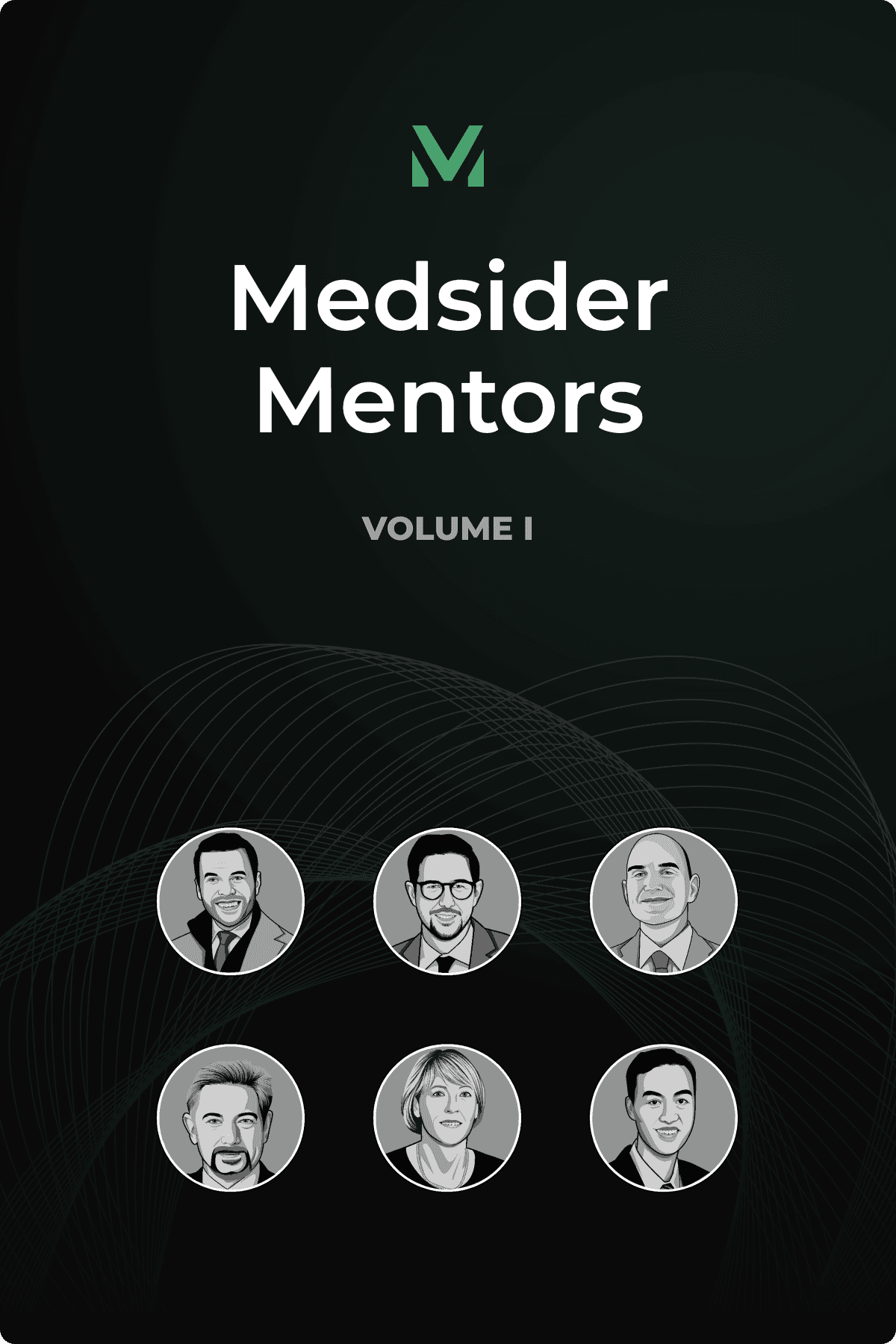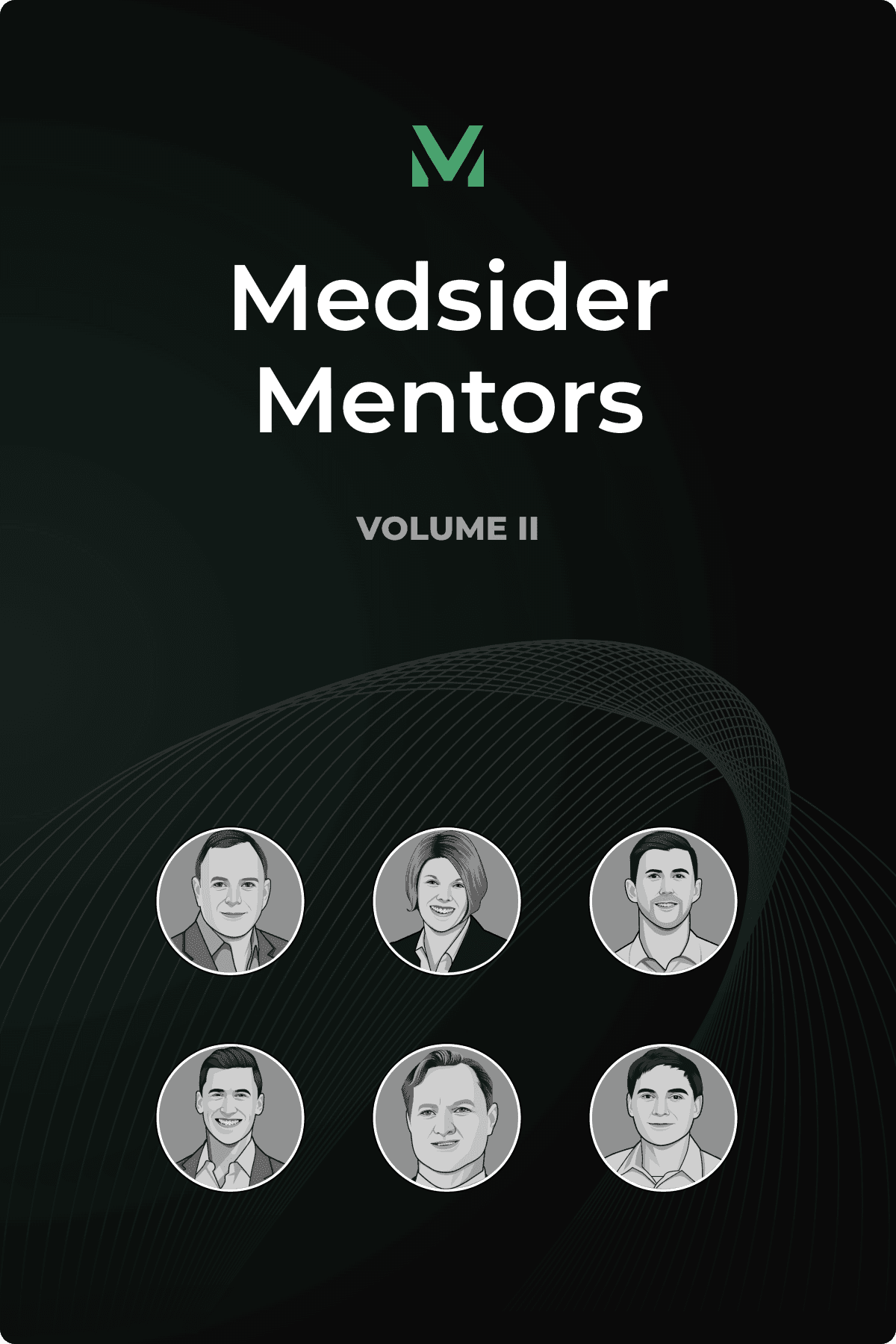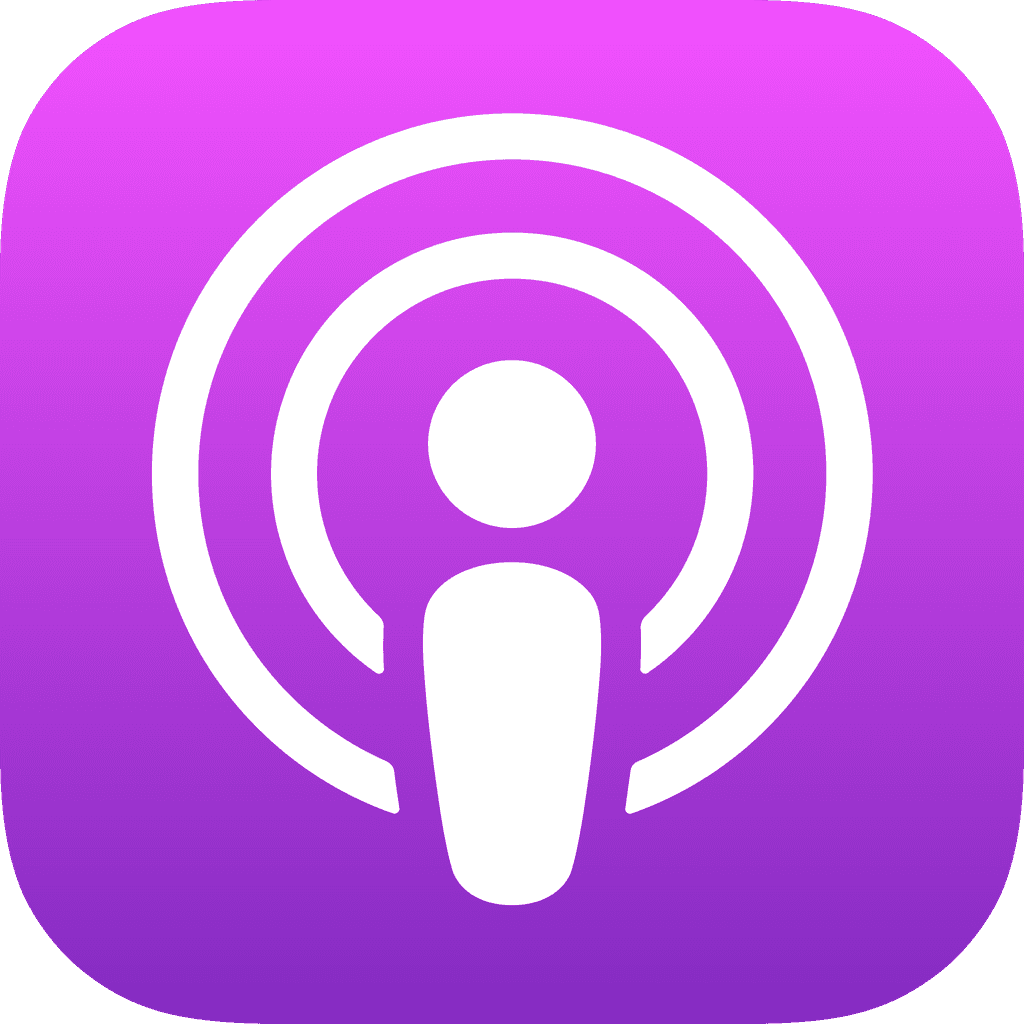Build the Medical Case Before Chasing the Consumer Market
Interview with Wellysis CEO Young Juhn

Key Learnings From Young's Experience
If patients don’t like using it, nothing else matters. Traditional cardiac monitors delivered reliable data but failed on comfort and usability. Young’s team flipped the process: more than 120 patient interviews — focused on how people actually live with the device — shaped S-Patch choices like weight, form factor, and the use of commodity electrodes.
Clearance isn’t commercialization — especially across borders. Young assumed FDA clearance would unlock the U.S. market. Instead, Wellysis spent a year navigating payer rules, EHR integrations, and even redesigning hardware for different body types. The experience underscored how regulatory approval alone doesn’t guarantee adoption; every geography rewrites the playbook.
Build the medical case before chasing the consumer market. In medtech, it can be tempting to position a device as a wellness tool first and expand into clinical use later. Young pushed for the opposite. His reasoning was simple: physicians will never trust data validated only in consumer settings. By starting with FDA clearance and clinical adoption, Wellysis ensured its device earned credibility where it mattered most — with doctors and patients.
Medical devices designed for home use face a fundamental tension: they must meet the same rigorous standards as hospital equipment while being comfortable and intuitive enough for patients to use on a daily basis.
Get the medical side right but ignore the consumer experience, and patients abandon the device after a few days. Prioritize consumer appeal without clinical credibility, and physicians won't prescribe it.
Young Juhn has spent two decades navigating that tension. After starting his career at Johnson & Johnson's New Jersey headquarters and spending over a decade at Kaiser Permanente's innovation team — where his focus centered on extending hospital services into homes and communities — he joined Samsung to lead healthcare innovation projects.
That work led to the S-Patch, a cardiac monitoring device showcased at CES, which Samsung later spun off as Wellysis in 2019 with Young as CEO.
After securing FDA clearances in 2023-2024, Wellysis began commercial distribution across Texas, Arizona, and Louisiana. The company now focuses exclusively on the U.S. and Korea and plans to pursue a Korea IPO by the end of 2026.
For Young, the path from concept to commercialization reinforced three principles: start with patients, adapt your strategy to local systems, and establish medical credibility before branching into wellness.
Guest
CEO of Wellysis
Young is CEO of Wellysis, the Samsung spinout developing S-Patch, a lightweight wearable for long-term ECG monitoring. With more than 25 years of healthcare experience across the U.S. and Korea, Young has held leadership roles at Johnson & Johnson, Kaiser Permanente, Blue Shield of California, and Samsung SDS, where he led healthcare innovation projects before launching Wellysis in 2019. He holds a computer science degree and an MBA in pharmaceutical management from Drexel University.
Sponsor Message
We recently released the seventh volume of Medsider Mentors, which summarizes key learnings from the most popular Medsider interviews over the last six months.
We get it—keeping up with every Medsider interview isn’t easy. That’s why we created Medsider Mentors. These e-book volumes distill the best practices and insider secrets from top founders and CEOs, all in a downloadable, easy-to-digest format.
Check out the latest volume here. Premium members get free access to all past and future volumes, plus a treasure trove of other resources.
If you’re not a premium member yet, you should definitely consider signing up. We recently revamped Medsider with swanky new features, especially for our premium members. In addition to every volume of Medsider Mentors, you’ll get full access to our entire interview library, dating back to 2010.
You’ll also get Medsider Playbooks—curated guides packed with actionable insights on topics like fundraising, regulatory challenges, reimbursement strategies, and more.
And if you’re fundraising, don’t miss our exclusive investor database, featuring over 750 life science VCs, family offices, and angels. We’ve even created 3 custom packages to help you with your next fundraise.
Learn more by visiting Medsider Mentors.
Start With the Patient, Not the Specs
Long-term cardiac monitoring depends on patient compliance. Traditional Holter monitors — the bulky, six-lead devices patients wear for 24 to 48 hours — delivered accurate ECG data but were uncomfortable and conspicuous.
Meanwhile, cardiac arrhythmias often require 14 days or more of monitoring to detect, with detection rates climbing significantly the longer patients wear a device.
The problem wasn't just technical. It was behavioral. Patients complained that existing cardiac monitors were impossible to tolerate for extended periods — citing skin irritation, itchiness, and bulkiness.
“People just didn’t like that,” Young recalls. “When I wear a Holter, people start asking me what’s wrong with you.”
So before finalizing any design decisions, the team conducted more than 120 patient interviews — not just initial feedback sessions, but longitudinal follow-ups at six months and beyond. The interviews revealed hidden barriers like social stigma and day-to-day usability.
“We wanted to make sure patients wanted to wear it too,” Young explains.
Let Patients Shape the Design
Patient feedback drove two critical design choices that set the S-Patch apart.
Lightweight, discrete form factor: The device weighs eight grams — about two sheets of paper — configured in a linear shape designed to improve P-wave detection while keeping a sleek, unobtrusive profile. "When people wear it, they don't know they are wearing one," Young says.
Reusable device with commodity electrodes: Instead of locking patients into proprietary pads, Wellysis designed the S-Patch to work with standard Holter electrodes — the same type hospitals already use — which typically cost just 20 to 30 cents apiece on the open market. Most competitors follow a razor-and-blades model: sell the device at a lower price but require proprietary electrodes sold at a premium. Wellysis flipped that logic. “Patients can eventually own one of these and test themselves a few times a year,” Young explains.
These design decisions were supported by Samsung’s custom bioprocessor chip — a compact component built specifically to process human vital signs such as ECG, photoplethysmography (PPG), temperature, and bioelectrical impedance analysis (BIA). The chip’s efficiency made it possible to maintain the S-Patch’s small, lightweight profile while still delivering medical-grade data. Today the device uses ECG only, but the underlying architecture leaves room to add other signals as clinical needs evolve.
The result: Holter-like ECG accuracy for up to 14 days — without requiring patients to feel like they’re sick.
Don’t Assume What Works Abroad Will Work in the U.S.
Young assumed his experience at Johnson & Johnson and Kaiser Permanente had prepared him for U.S. commercialization. But scaling S-Patch overseas highlighted how different healthcare systems truly are.
“In Korea, hospitals build their own EMRs,” Young explains. “In the U.S., we had to integrate with Epic, Cerner, and multiple other systems — each with distinct workflows.”
The payer landscape proved even more challenging. Korea’s single government payer meant clarity; the U.S. required navigating Medicare, Medicaid, and dozens of private insurers. Even with FDA clearance, it took a full year to integrate into reimbursement processes.
Hardware also required redesign. Asian patients had more uniform body types. In the U.S., device length had to adjust for larger chests — even the power button had to change for athletes with bigger thumbs.
“These weren’t minor tweaks,” Young says. “They forced us to revisit core design assumptions.”
Use Healthcare Culture to Build an AI Advantage
Unlike the fragmented U.S. system, Korean patients often stay with the same hospital for decades. At Samsung Medical Center, Wellysis could access 20-30 years of ECG data from the same individuals.
“That was the benefit,” Young says. “We were able to see how the same patient’s ECG changed over decades.”
Korea’s routine health-check system — often annual for employees — plus Samsung Medical Center’s practice of sending patients home with S-Patch for two days created rare longitudinal datasets.
That foundation powered Wellysis’ AI strategy. Instead of snapshot analysis, the system processes streaming ECG at 256 Hz. According to Young, the model can now identify patients likely to develop atrial fibrillation within a year — with about 90% accuracy.
“Regular doctors cannot see those changes, but AI can,” he explains.
Expect Cybersecurity to Be a Regulatory Hurdle
The toughest surprise came late in the U.S. clearance process — cybersecurity.
“We didn’t expect cybersecurity to be that tight,” Young admits. Encryption standards, secure data transmission, and hardware protections all had to meet far stricter requirements than the team had anticipated.
The concern wasn’t hypothetical. Industry reports had described a case where a high-ranking official’s medical device was hacked, exposing sensitive health data. That incident underscored why regulators demanded such rigorous safeguards.
Wellysis ended up redesigning everything from chip-level encryption to Bluetooth communication modules. The work delayed commercialization but ultimately strengthened trust. “If patients can’t trust the security, nothing else matters,” Young says.
Looking ahead, Young believes the bigger debate will be ownership of home-collected data. “I believe patients should be the owner,” he says.

Start with a Clinical Device, Then Expand to Wellness
When Young joined Samsung, executives pushed a consumer-first strategy. But he argued that clinical validation had to come first.
“I’ve been working with doctors for 20 years,” he says. “They’re never going to trust data validated only in consumer settings.”
Wellysis focused on FDA approval first, then positioned wellness applications as a natural extension. An FDA warning against the consumer wearable device Whoop confirmed the wisdom of that approach.
Balance AI for Doctors and Patients
Wellysis separates AI into two very different missions: supporting doctors and guiding patients. The distinction matters because the design choices, validation standards, and user expectations differ on each side.
For clinicians, the AI is built to operate inside a regulated medical framework. It processes streaming ECG at 256 Hz, highlighting subtle waveform changes, anomalies that appear only during certain activities, or gradual shifts across years of patient data. The algorithms are trained to complement — not replace — physician judgment. “The goal is to help doctors make better decisions, to see the areas they might overlook,” Young says. Clinical AI also undergoes rigorous validation to ensure accuracy, sensitivity, and reproducibility before physicians ever use it in practice.
For patients, the approach looks different. The AI translates complex signals into behavioral insights: an alert that irregular beats appear during workouts, or that episodes cluster while watching TV at night. The emphasis is less on diagnostic precision and more on usability and habit change. “Those are the kinds of information patients need to know so they can change their behavior,” Young explains. Patient-facing AI also relies on simplified dashboards, mobile notifications, and language that reduces anxiety rather than amplifies it.
By separating these two tracks, Wellysis avoids the common pitfall of trying to make one algorithm serve both audiences. Doctors get the clinical rigor they demand, while patients get actionable guidance they can understand and use in their daily lives.
Final Thoughts: From Big Company to Small Team
Moving from Samsung’s 300,000 employees to a 10-person startup was an adjustment Young didn’t expect. Suddenly he was handling banking, HR, and office logistics on top of product development. “I didn’t realize I’d be wearing 20 or 30 different hats every day,” he says.
But he also sees the upside. Small size means he can visit doctors in person, respond directly to patient feedback, and make changes quickly. “In-person meetings are 100 times more effective than 10 conference calls,” Young notes.
For him, that hands-on approach is the reward. “Every morning I wake up excited — who I’m going to meet today. Every little thing we do, we’re making changes to save lives.”
Sponsor Message
After raising over $40M from corporate venture and cardiovascular key opinion leaders, FastWave Medical has progressed rapidly in the development of its next-generation intravascular lithotripsy (IVL) systems for complex calcific disease.
The market size for IVL is over $9 billion and the only player in the space was recently acquired for over $13 billion. So naturally, there’s a lot of investor interest in FastWave.
Given the continued demand to invest in FastWave, their team has opened up an investor waitlist for anyone interested in potentially owning a piece of the company.
The last time the company opened up an private placement, it closed nearly $20 million in less than a month. So if you’re interested in investing in one of the hottest cardiovascular startups, opt into their investor waitlist here.
You May Like These Articles
Medsider Premium
Become a premium member and unlock access to exclusive Medsider benefits.



